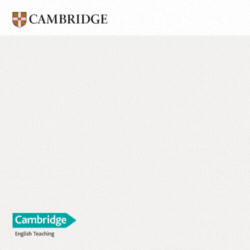Australia’s higher education sector has reason to be cautiously optimistic, with signs that the volatile operating environment of recent years may begin to stabilise. However, universities are not yet out of the tunnel, according to Studymove Managing Director, Keri Ramirez. Studymove is predicting a 5-10% decrease in international student commencements in 2025 compared to 2024.
Ramirez was speaking during Studymove’s Key Data Update webinar series, which this month focused on navigating volatility in the higher education sector.
What has caused the volatility?
The post-COVID volatility experienced by the higher education sector, and the subsequent impact on revenue, can largely be attributed to a combination of external factors and government policies. However, these have affected domestic and international students in different ways.
According to Ramirez, the shrinking domestic student cohort in Australian universities appears to be driven primarily by external factors rather than government policy. A strong labour market and historically low youth unemployment in 2022–23 have influenced the preferences of young Australians, many of whom no longer see university as the only or best path to securing a good wage. In addition, the domestic student load is reducing which may be linked to cost-of-living pressures that require them to work more and study less.
These shifts have introduced greater revenue uncertainty for universities, which previously could more reliably forecast income based on steady domestic enrolments.
In contrast, international student numbers have been more directly affected by government policy changes designed to reduce the number of international students in Australia. These changes are impacting the number of student visas being granted, adding further volatility to institutional planning and revenue projections.
What can we expect?
There are signs of recovery in the domestic student market. Youth unemployment is beginning to rise again, which may shift student preferences back toward higher education after a period of strong labour market pull. Domestic student numbers increased between 2023 and 2024 and are projected to growth further between 2024 and 2025.
In contrast, the international student market is expected to decline in the short term. Studymove projects a 5–10% decrease in international student commencements in 2025 compared to 2024, as the impact of tightened visa policies and a more restrictive regulatory environment continues to play out.
How might universities respond?
The international recruitment landscape has fundamentally changed, according to Ramirez, requiring universities to rethink their engagement with prospective and current international students. This approach, he believes, will depend on whether a university now falls into a ‘growth-constrained’ or ‘growth-potential’ category, meaning whether a university has reached/or is going to reach its new overseas student commencement (NOSC) allocation or not.
Growth-constrained universities will need to implement strategies that maximise revenue in other ways, not through increased student enrolments. For example, increasing tuition fees at a greater rate. Ramirez also suggested a greater focus will be needed on conversion rates. In contrast, strategies to increase market share will need to be the focus for growth-potential universities.
Overall, the combination of more favourable conditions and greater policy stability provides reason for cautious optimism about the outlook for universities in the coming months. Ramirez believes that, while universities will continue to adjust resources and strategies, the near future appears more promising for the sector.

















